Responsible Decision-Making
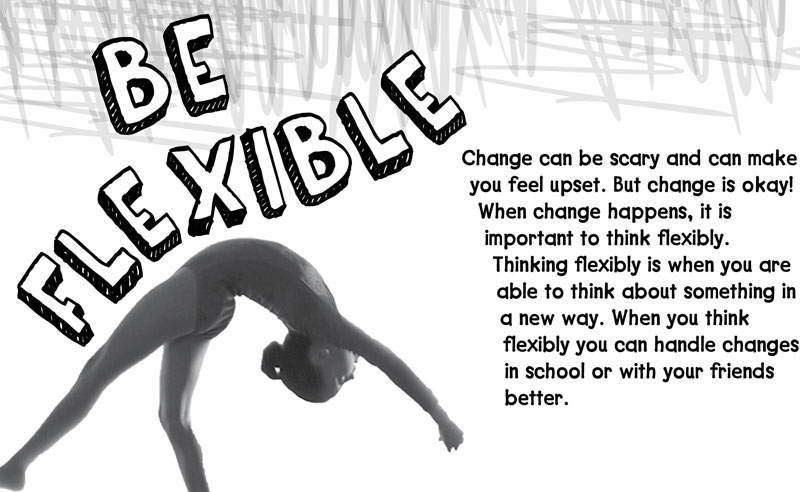
Find this activity in the student portfolio
Objective: Students will demonstrate open-mindedness and think flexibly.
Estimated Duration: 20 minutes
Description: Having an open mind or thinking flexibly is an important skill students need to manage their thoughts, feelings, and actions. Being flexible allows them to adapt to new or unexcepted situations. It can also help them solve problems, have a good relationship with others, and think about things in new ways.
Another important thing that flexibility helps students with is transitions from one activity to another. It can help them deal with new or different situations and changes in routines. All this combined proves that being flexible and having an open mind plays a key role in all types of learning.
This activity will get students to start thinking about what might happen if things don’t go as planned. They are asked to write a Do and Don’t list to help plan for when change happens. They can refer to their list when unexpected things happen.
Teachable Moments: To help students have an open-mind and think flexibly:
- Change your daily routine in the classroom. Make a small tweak here and there occasionally to show students that it is okay to do things differently sometimes.
- Read a joke book with your class. Sometimes, rigid thinkers have a difficult time understanding jokes or making up their own jokes. They also have a hard time making up their own jokes. Joke books are a good way to talk about the different meanings of words and to think about changing the meaning of a word to make it funny.
- Share ways that you have been adaptable as a teacher or even outside of the classroom. Students will learn that having the ability to adapt is normal.
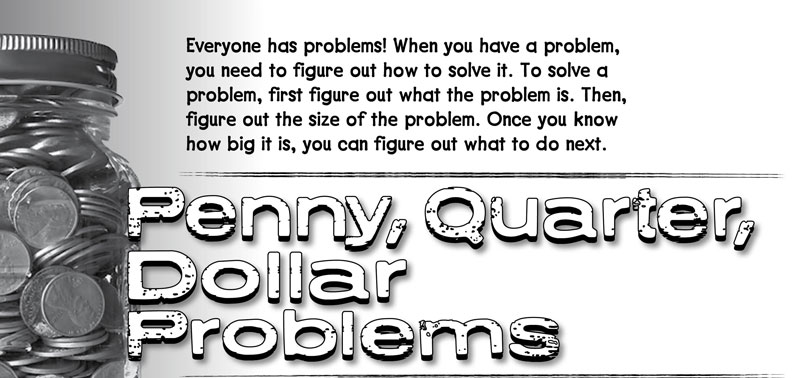
Find this activity in the student portfolio
Objective: Students will identify solutions for problems.
Estimated Duration: 20 minutes
Description: Helping students determine the size of a problem is an important skill. It helps them identify the severity of their problem which then allows them to choose an appropriate reaction.
When students have a common language to describe their problems, they can identify solutions. Problems are not created equal. Figuring out the size of the problem is the first step in being able to match their emotional reaction accordingly.
This activity breaks problems into three sizes: small (or penny), medium (or quarter), and large (or dollar).
Small problems are defined as those that can be easily solved on your own, despite feeling a little sad or frustrated. No one is in danger or breaking any rules. Examples of small problems include needing to sharpen a broken pencil or forgetting to bring something to a friend.
Medium problems require someone's help, often an adult, to solve. They often make us feel mad, confused, frustrated, or worried. Some examples are figuring out a math problem or forgetting lunch at home.
A big problem makes us feel really scared, hurt, worried, or upset. Big problems are usually solved by an adult. Examples include being bullied, getting hurt, or dealing with unfortunate events outside of our direct control.
Students will write an example of a penny, a quarter, and a dollar problem. Then, they will explain how they would solve each problem. It might be helpful to share examples of each problem size with students before they begin.
Teachable Moments: There are many ways you can help students make good decisions:
- Have students consider how long the problem will last.
- Have students determine how many people the problem affects.
- Have students determine whether people get hurt from the problem.
- Have students determine how easy the problem is to solve.
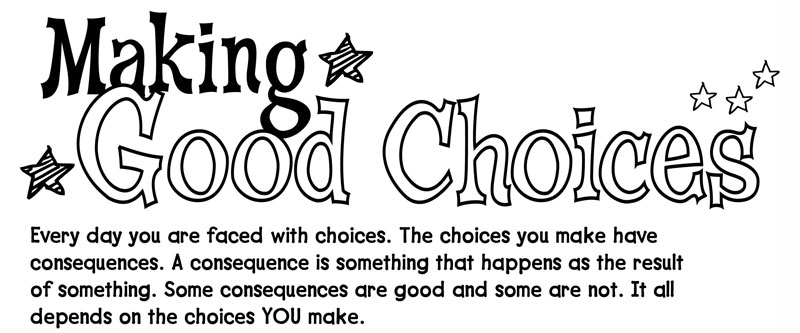
Find this activity in the student portfolio
Objective: Students will be able to understand the importance of making good choices.
Estimated Duration: 20 minutes
Description: Learning how to be a decision-maker is a lifelong skill, so it’s important that students understand how to make good decisions at an early age. Part of that is understanding that every choice they make has consequences.
Good choices have good consequences and keep students safe, healthy, and happy. The goal of a consequence is to teach a lesson, not to punish. Punishing a student is harmful to their sense of self, emotional development, and their relationship with adults.
Consequences should therefore encourage self-examination, acceptance of responsibility, and learning from mistakes. They should help students develop a confident inner voice that will allow them to make better decisions in the future.
This activity will help students understand good choices and the consequences they have. They will write about three good choices they will make and then draw a picture of the consequences those choices will have.
Teachable Moments: To help students make good choices:
- Play matching games. Have students match choices to consequences (e.g., you choose to eat a whole bag of jellybeans, you get a stomachache).
- Model and role play real-life scenarios with students. Let them see how you make good choices for yourself based on the consequences.
- Create a choice board for center or play time. Let students decide where they want to go. Have them hang a name tag on the chart for where they choose to play or work.
- Provide students with choices for completing an assignment (e.g., draw a picture instead of writing about it, allow students to use technology, etc.)
- Change demands for making good choices into asks. Instead of saying, “Share the dinosaurs!”, say “I see you like playing with the dinosaurs. Which dinosaur would you like to use? The green dinosaur or the blue dinosaur?”
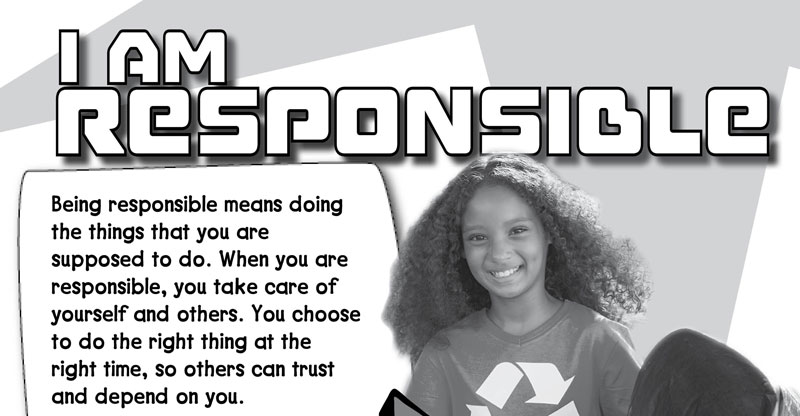
Find this activity in the student portfolio
Objective: Students will demonstrate how they can be responsible at home, at school, and in their community.
Estimated Duration: 20 minutes
Description: Being responsible means to be accountable for what you do, for your actions and behavior. It’s doing the right thing at the right time, so others can trust and depend on you.
This activity will help students think about being responsible. They will write and draw ways to show responsibility to themselves, at home, at school, and in their community.
Teachable Moments: To help students be responsible:
- Have them make coupons for tasks they can do at school or at home to be responsible (e.g., return something you borrowed, complete homework on time, brush my teeth, help with the dishes, etc.).
- Play “What Would You Do?” Present students with scenarios where they must make a responsible decision (e.g., you are playing a fun game at your friend's house and it is time to go home; you borrowed your sister’s headphones and they broke; your dad is not feeling well and there are chores that need to be done around the house, etc.)
- Model responsibility and talk about it.
- Let students help, even if it takes longer or is not the way you would typically do it.
- Build a classroom job system. Use pictures to help students understand the jobs that need to be done and how to do them.
- Encourage students to help others in need in their community by organizing different collections throughout the year (e.g., canned food for pantries, toothbrushes for shelters, toys for children’s hospitals, etc.)
Foldable®: When Moments®
Estimated Duration: 25-30 minutes
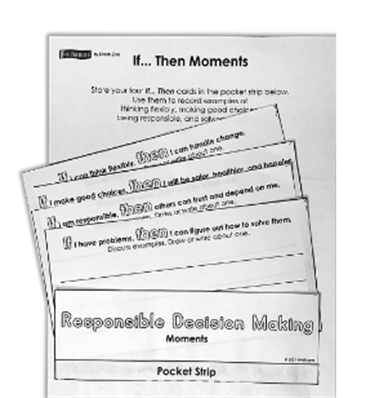
- Cut out the Pocket Strip and the four If…Then Cards by cutting on the dark black lines.
- Glue the Pocket Strip onto the gray strip near the bottom of the page of the student book. Remember, do NOT make folds on Pocket Strips. Allow glue to dry.
- Review what students know about being flexible, making good choices, being responsible, and solving problems by having them complete the If…then boxes on the four large cards. Students store their If…then Cards in the Pocket Strip.
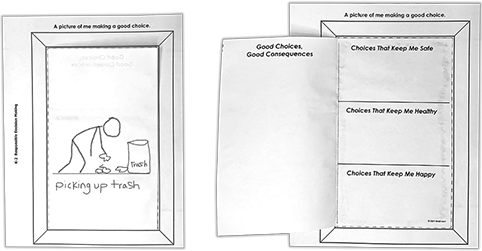
- Cut along the one black line on the Good Choices and Good Consequences page to remove the title strip. Fold the page in half along the dotted line to make a Folded Book. First fold so the dots show along the fold, then refold on the same line so the dots and the writing are inside the Folded Book.
- On the blank front of the Folded Book, students draw and color a picture of themselves making a good choice.
- Glue the back of the Folded Book in the middle of the picture frame in the student book. Student artwork will be framed when glued onto the page.
- Inside the Half-Book Foldable, students draw or write to record how good choices make them safer, healthier, and happier.
Go to other SEL competencies in this book (Primary - Grades 1–2):
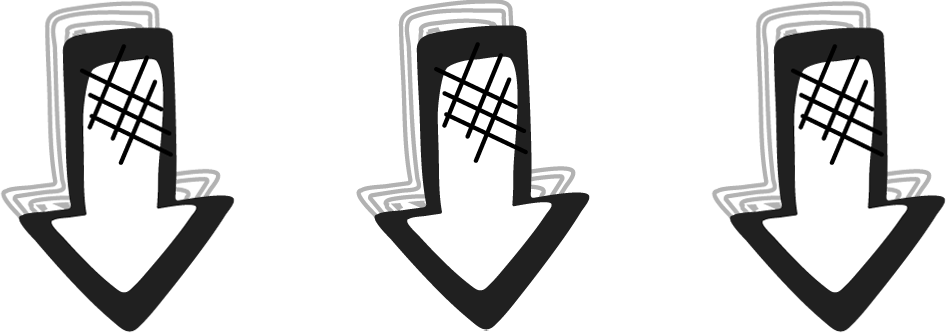
The teaching suggestions only work in accompaniment with the student portfolio, which has all the activity pages.
The teaching suggestions here are also available within a PDF of the entire teacher's manual.